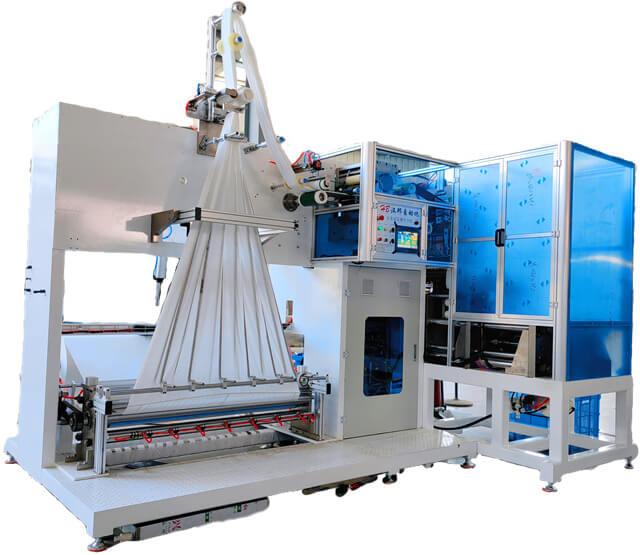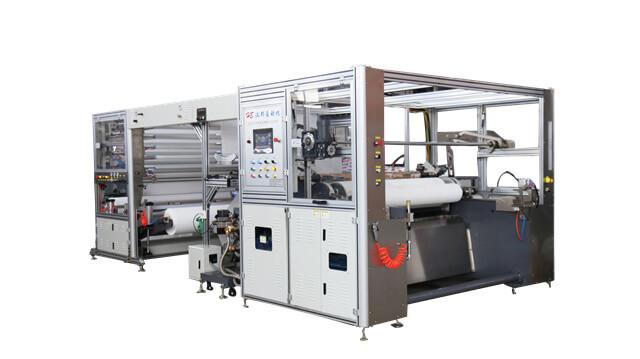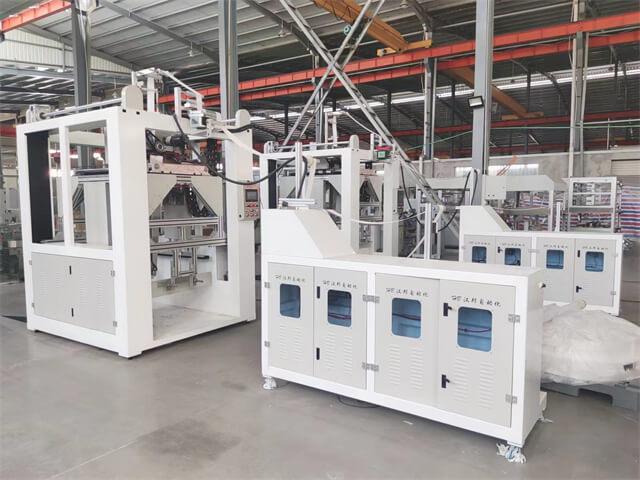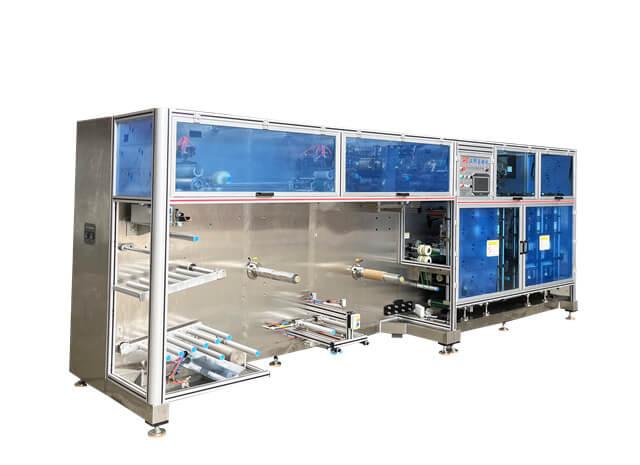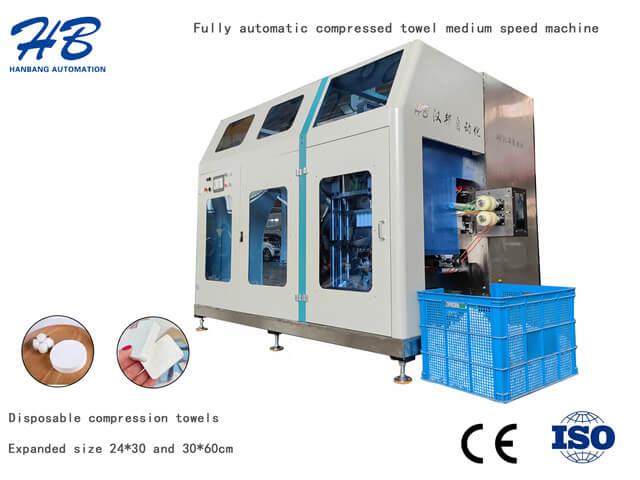Author:HB Nonwoven MachineryFROM:Compressed Towel Machine Manufacturer TIME:2023-11-10
Non-woven fabric cutting machines play a crucial role in the hygiene products industry, specifically in the production of diapers and sanitary napkins. These machines are designed to efficiently and accurately cut non-woven fabrics into specific shapes and sizes, ensuring the quality and precision of the final product. In this article, we will explore the step-by-step process of operating a non-woven fabric cutting machine.
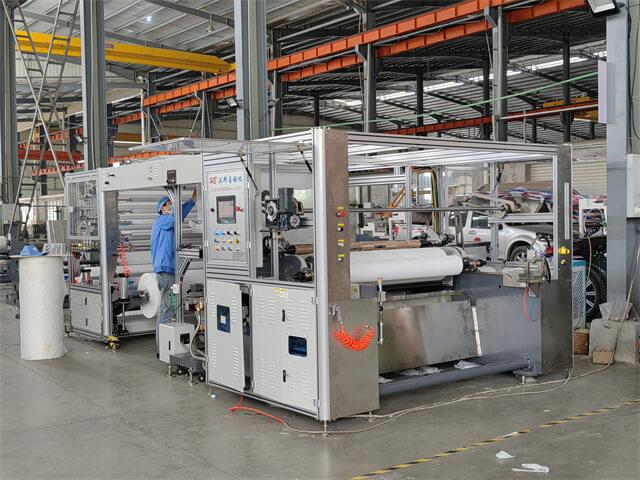
Before starting the operation, it is essential to set up the machine correctly. This includes ensuring that the machine is placed on a stable surface and that all safety precautions are in place, such as wearing appropriate personal protective equipment (PPE).
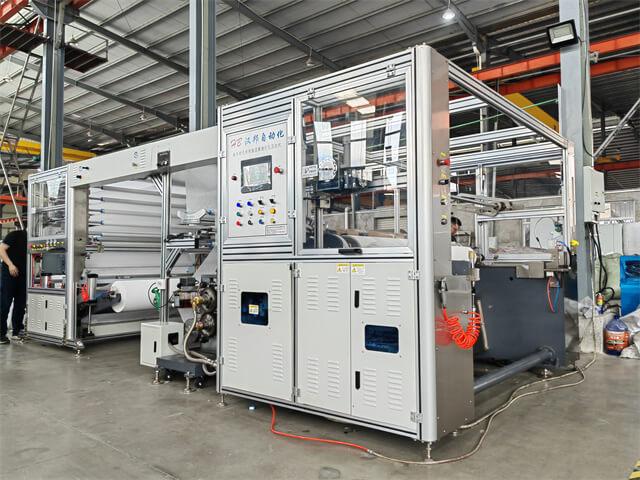
The next step is to load the non-woven fabric onto the feeding mechanism of the machine. It is important to ensure that the fabric is aligned correctly to prevent any misalignment during the cutting process. Care should be taken to avoid overloading the machine to maintain smooth and uninterrupted operation.
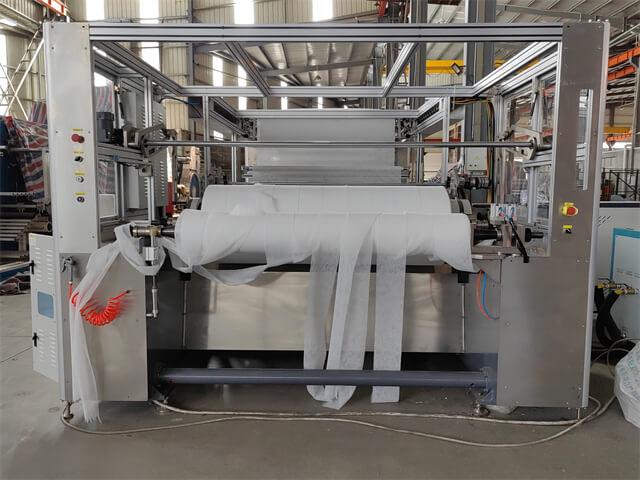
Once the fabric is loaded, it is necessary to adjust the cutting parameters according to the desired specifications. These parameters include the length, width, and shape of the cut pieces. Most cutting machines offer digital controls to set these parameters accurately.
After setting the cutting parameters, the machine can be started. It is crucial to ensure that all safety guards are in place before initiating the cutting process. The machine will automatically feed the fabric through the cutting mechanism, slicing it into the desired shapes and sizes.
Throughout the cutting process, it is essential to monitor the machine's operation closely. This includes checking for any irregularities, such as fabric misalignment or jamming. Regular maintenance and cleaning are also necessary to ensure optimal performance.
Once the cutting process is complete, it is crucial to inspect the cut pieces for quality control purposes. This involves checking for any defects or inconsistencies in shape or size. Any faulty pieces should be discarded, and adjustments to the cutting parameters may be required.
After inspecting the cut pieces, they can be carefully removed from the machine. The fabric can then be reloaded for the next batch of cutting. It is important to handle the cut pieces with care to avoid any damage.
Once the cutting operation is complete, the machine should be properly shut down and maintained. This includes cleaning the machine, removing any debris or waste materials, and ensuring that all components are in good working order for the next use.
Operating a non-woven fabric cutting machine requires careful setup, loading of the fabric, setting of cutting parameters, monitoring the operation, inspecting the cut pieces, and proper shutdown and maintenance. By following these steps, manufacturers in the hygiene products industry can ensure the production of high-quality diapers and sanitary napkins efficiently and effectively.
